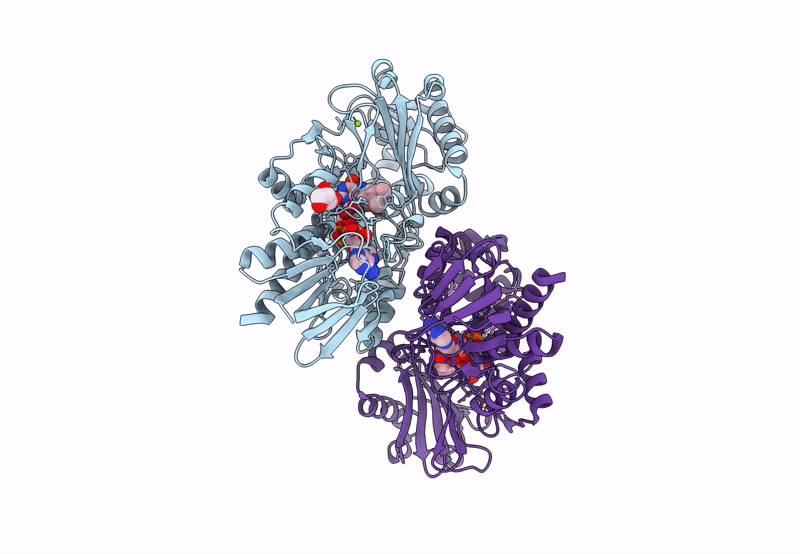
Deposition Date
2023-05-31
Release Date
2023-10-18
Last Version Date
2024-11-13
Entry Detail
PDB ID:
8P84
Keywords:
Title:
X-ray structure of Thermoanaerobacterales bacterium monoamine oxidase
Biological Source:
Source Organism:
Thermoanaerobacterales bacterium (Taxon ID: 2304039)
Host Organism:
Method Details:
Experimental Method:
Resolution:
1.50 Å
R-Value Free:
0.18
R-Value Work:
0.15
R-Value Observed:
0.16
Space Group:
P 21 21 21


